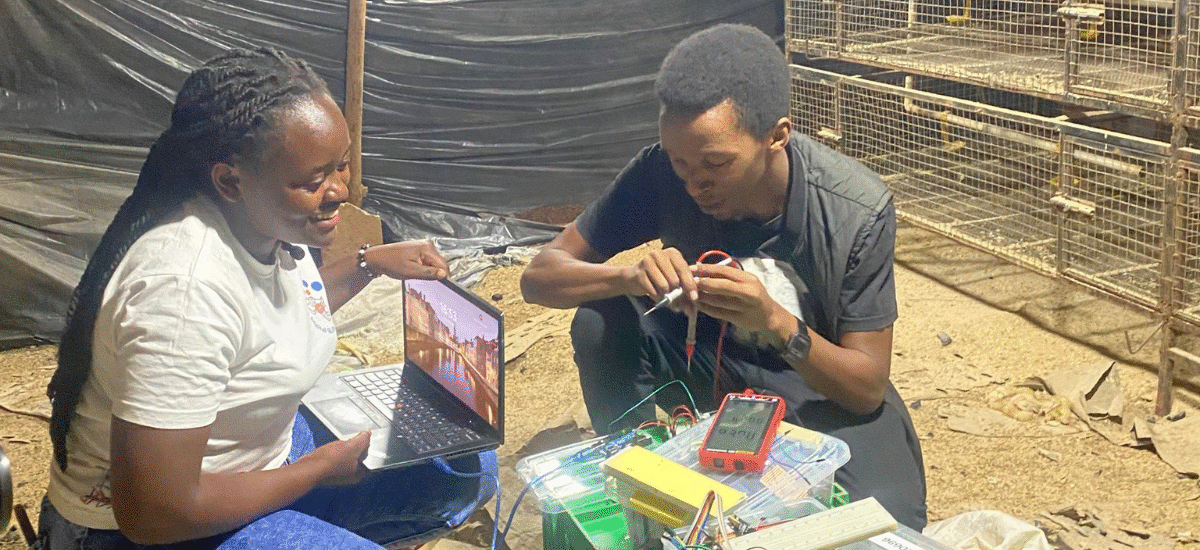On a late evening in Lilongwe, Malawi, two young innovators crouch in a chicken house. To one side, rows of chicks huddle under the dim light of a bulb. To the other, wires, sensors, and circuit boards spill out of toolboxes. A laptop glows with code.
This is not a typical farm scene. This is the future of African agriculture.
At Q2 Corporation, this is what innovation looks like: combining artificial intelligence (AI) and the Internet of Things (IoT) with traditional farming to reimagine how food systems can work in emerging markets.
Why AI and IoT Matter for Agriculture
By The Q2 Editorial Team
Agriculture has always been at the mercy of uncertainty — weather patterns, disease outbreaks, market volatility. For smallholder farmers in Africa, these uncertainties can mean the difference between food security and hunger.
This is where AI and IoT step in:
- Sensors measure soil moisture, temperature, and humidity in real time.
- IoT devices track livestock health and optimize feeding.
- AI algorithms predict crop yields, detect early signs of disease, and recommend interventions.
- Dashboards turn raw data into actionable insights for farmers, cooperatives, and governments.
Together, these technologies reduce guesswork and build resilience.
From Global Ideas to Local Innovation
Much of the world’s agtech is designed far from Africa’s realities. Q2’s approach is different: build solutions with and for African communities.
In Mangochi, our staff are prototyping low-cost IoT systems that can survive rural conditions — dust, unreliable electricity, and intermittent internet. Instead of expensive imports, they use accessible components and open-source software.
The photo above captures that ethos: innovation on the ground, designed for context, built by local talent.
AI as the Invisible Farmer
AI does not replace the farmer — it augments them. With data-driven insights, farmers can:
- Plant at the right time, based on weather predictions.
- Adjust irrigation and fertilizer use with precision.
- Monitor poultry or cattle health remotely.
- Connect harvest forecasts directly to markets, reducing waste.
In this sense, AI becomes an invisible farmer, working alongside human hands to increase productivity and reduce risk.
Why It Matters for Africa’s Supply Chains
Agriculture is not just about growing food. It’s about connecting farms to markets, villages to cities, and Africa to the world.
By embedding AI and IoT into farming, Q2 is building Smart Villages where:
- Farmers gain access to real-time data.
- Supply chains become transparent and traceable.
- Governments can plan food security policies on reliable evidence.
This is how Africa moves from subsistence farming to competitive, resilient supply chains.
Closing Reflection
What begins with wires in a chicken house is part of something much bigger: a vision of Africa as an agtech leader, not just a consumer.
At Q2, we believe the future of farming lies at the intersection of tradition and technology — where the wisdom of the land meets the intelligence of machines.
And in that convergence, Africa has the chance not just to catch up, but to lead.
✨ Suggested CTA:
“Learn more about Q2’s Smart Village Farms and how AI and IoT are transforming agriculture in Africa. Join us in building supply chains that feed the future.”


